Ultralight backpacking tents have evolved significantly over the last decade. These new one and a half to two pound (one to two people) tents are a far cry from the five pound tents backpackers have traditionally carried. Their roots stem from transforming your traditional tarp by adding shape, bug protection and a floor. Like a tarp, they are designed to be both light and airy.
Newer fabrics have become available that help to save a considerable amount of weight. These tents forgo the double wall construction of traditional backpacking tents. A significant amount of weight reduction comes from eliminating your normal tent structure. By utilizing your existing hiking poles, you can forgo the weight of the tent poles, plus you're hiking poles become dual duty. By their nature, hiking poles are significantly stronger than your tent pole. This allows you to have an extremely sturdy shelter.
-
What is Condensation Management?
Single walled tents and small tarps are notorious for problems with condensation. While increasing ventilation can reduce condensation, it doesn't eliminate it. To properly manage condensation, you need enough volume for you to function without brushing up against the wall or some sort of barrier between you and the outer wet walls (as provided by double walled tents).
We've designed our tents to be large enough to reduce your contact with walls. We've also separated the tent into two zones.
The lower zone, where your sleeping and most of the activity takes place, acts like a double walled tent. This zone is composed of 100% mesh. So any condensation that forms will do so on the outer wings or on the rear canopy. This allows you to freely move about the tent free from condensation brushing up on you or your gear.
The mesh runs high enough on the sidewalls so that it can't be covered up by you or your gear. Unlike tarps, whose side ventilation is severely reduced when the sidewalls are lowered during rain storms. Our tents provide constant ventilation regardless of the setup.
- No more crawling out of your tent on your belly in the morning trying to keep your gear dry.
- No more packing your pack out in the rain because your interior tent is soaked.
- No more frozen sleep because you've discovered wet side walls in the middle of the night and are afraid to move for fear of getting drenched.
When condensation does form on the ceiling, it can be easily dealt with from the comfort of your sleeping bag.
-
Do I need to use a ground cloth?
The decision of whether or not to use a ground cloth depends a lot on both your camping style and choice of campsites. We do recommend using a light disposable Tyvek or Polycro ground cloth. It will help to both protect your investment and make the floor more waterproof.
If you're using one of our ultralight shelters, the floor made with 40 Denier Silicone coated nylon with about 3000 mm of waterproofing. While quite waterproof, you can force water into the floor if you place it over a puddle and sit on it. Having a waterproof ground cloth will reduce if not eliminate this problem.
Our Polyester shelters use a much heavier and durable fabric for the floors. As a result, a ground cloth would only be needed to keep the floor clean.
Also a ground cloth is nice for those beautiful nights that were made for sleeping out under the stars.
What type should I get?
We sell a couple of kinds of ground cloths (Tyvek and Polycro). Which one works best for you depends upon a number of circumstances. Including the duration of your trip, budget and how you'll be using the ground cloth.
Tyvek?
Tyvek makes a fine ground cloth. It provides an excellent compromise between weight, durability and cost. It should last an entire thru-hike (four to six months). It provides excellent protection from abrasion. Tyvek is not fully waterproof. So you need to avoid camping in boggy areas or where water is likely to puddle.
Many long distance backpackers modify their Tyvek ground cloths so they can be rigged as a tarp during the day. This way the ground cloth can also be used as a sun and wind break during the day.
Polycro
We also sell a thin Polycro ground cloth that is amazingly light. Just a fraction of the weight of Tyvek. It is actually far stronger that it appears at first glance. Since it is impermeable, it provides an excellent moisture barrier. It's low cost allows you easily replace it between trips. Because it is so thin, it won't be as durable as Tyvek and will need to be replaced more frequently.
What size should I get?
First, we recommend locating a good site before setting up your tent. You want to insure that water will not puddle under your tent or that you're located in a runoff zone during a rain storm.
When I use a ground cloth it is no larger than needed to cover my sleeping area. I make sure that it doesn't extend out beyond the floor of the tent. If it does, it's likely to catch and direct rain under your floor. Plus a smaller ground cloth is lighter in weight.
-
Will the tent be large enough for a tall person like me?
Probably the most frequent question we get from tall people is whether the tent will be long enough to be comfortable. It turns out that this isn't an easy question to answer. It's dependent upon a number of variables, including the size of the tent, the type of sleeping pad you're using, the ability to enlarge the internal area via various tie outs, your height and your camping style.
In general, we design our shelters to be larger than traditional tents. This results in our solo shelters having more floor space and canopy height than traditional double wall tents. Part of the reason is that the extra room helps you avoid the condensation when it forms.
How much actual room is available for sleeping and activities depends upon the size of the tent, the depth of your sleeping pad and the ability of the tent to expand for additional volume. Thick sleeping pads pay havoc on the geometry of a small tent. Most UL tents are designed with pad depths of 3/8 to one inch thickness. Today many people prefer the comfort afforded to them by two inch or thicker pads.
It doesn't take a genius to realize that as you raise the pad you subsequently lower the canopy. Often to the point that both your head and feet are precariously close to the roof. Some of this can be offset slightly if the tent has some ability to expand. However, if you require a deep pad for a good night’s sleep, you make a note of this when deciding what size tent to buy.
All of Six Moon Designs shelters have guy-line tabs on the canopy located at both your head and foot. You can increase interior room in these areas by attaching an additional guy-line to each point. By running the guy-line up and over a stick then down to the stake. You can raise the canopy by three to four inches in both areas. Exactly how much lift you'll get depends upon the canopy fabric. Silicon Nylon and Polyester have a fair amount of stretch. However, Cuben Fiber has virtually none.
Final factor is generally one's comfort level, adaptability or camping style. If your style of backpacking means lots of hours of camp time with much of it inside your shelter. You'll probably find a larger shelter more suitable to your needs. Small shelters can get claustrophobic pretty quickly.
If you need a shelter primarily for getting out of the rain while sleeping, you may find that you can get by with a smaller and lighter shelter. We've had some people complain about the minimal space while others, who are somewhat taller, find themselves quite content.
If you're at all hesitant about the shelter space. I'd recommend moving up to one of our two man tents. They are quite spacious and still incredibly light.
If you are still in doubt, you can always make a string model of the tent. Our layouts should provide enough size information for you to make a sting model that demonstrates the outlines of the tent. Once erected, climb in and see if the tent fits.
-
What about Cold Weather?
Some people rely on the tent providing a few degrees extra warmth and prefer a slightly lighter sleeping bag. Doing so really requires a heavy double wall tent in order to take advantage a modicum amount of insulation provided by the dead air space between the walls. A better choice would be to put a few more ounces of fill in a down bag instead of a few more pounds for the tent. Or opting for 200 vs. 100 weight fleece jacket. In fact a tent is an extremely poor insulator.
Also proper site selection can have a significant effect on your comfort in the tent. This mean understand both the macro and micro climates of the areas your hiking. Simple rules like "Hiking High and Camping Low", can extend the range of terrain covered while keeping your gear to a minimum.
-
Is a Lightweight Tent really going to last?
Durability is always an issue with lightweight products. However, advances in fabric technology in recent years have provided us with stronger lightweight fabrics. The 30 Denier silicone coated nylon used in our tents, is amazingly strong given its light weight.
We significantly re-enforced all major stress areas of the tent. Which choice of tent floor you choose depends upon your hiking style. With proper care and maintenance, you should receive years of service from your tent.
-
What about my Zippers?
Zipper failures create the most problems with ultralight shelters. We try to use the lightest zipper coil that will meet the expected needs of the shelter. Typically our zipper coil is both smaller and much lighter than found on mass market tents. This is both a benefit to you and a curse. On the plus side, the light weight makes carrying the shelter easier. However, the smaller coil used is more subject to problems if it's allowed to accumulate dirt.
It's important that you keep your zippers clean. You should routinely rinse out your zippers to remove any accumulated dirt. You may wish to soak them in a mild detergent to loosen embedded material.
Pay careful attention to your zipper pulls. Repetitive use can cause the small gaps where the coil threads through to expand. If the gap is too wide the coil is prevented from aligning correctly, causing failure. To correct this problem, take a small set of pliers and gently squeeze the gap. You don't want to do this too often as it can fatigue the metal in the pull.
-
What about my canopy?
We use several different fabrics in the construction of our shelters. Each fabric has different characteristics. As the fabrics get lighter and thinner, more care is needed over the life of the tent to maintain its integrity.
Polyester
Our entry level tents are constructed from more traditional urethane coated fabrics. It uses fabric woven from a larger denier thread. As a result it's stronger, more resistant to abrasion and also significantly heavier. If you're just getting into ultralight gear this may be a good starter shelter.
Silicon Nylon
Silicon Nylon has been around for over a decade and is very popular in ultralight tents. Because the silicone coating is infused into the fabric, it bonds well and actually strengthens the fabric. However, since it is constructed from 30 Denier yarn, it requires more care to avoid abrasion. Plus, the silicone fabrics don't have Ultraviolet inhibitors added to the coating. So it's not advisable to keep them standing during the day for long duration.
Cuben Fiber
Cuben Fiber is by far our lightest fabric. It's about half the weight per square yard of our Silicon Nylon. Because it's inner layer is composed of ultra-strong Dyneema threads, it is very strong. However, it's thin Mylar coating is subject to wear. So while Cuben Fiber has the best tear strength of all our fabrics, it is also the most fragile for abrasion.
-
Netting is always an issue with Ultralight Shelters. Since we try to use the lightest weave possible. Netting is highly susceptible to runs. Velcro is like a run magnet. To avoid runs in the netting. You should carefully align your Velcro pieces. Especially when you are packing your tent away. This will minimize the runs and ensure longer tent life.
In our Polyester tents, we use more traditional 1 ounce No-See-Um netting. Since it is constructed from a higher denier yarn. It is stronger and more abrasion resistant.
In our lighter Silicon Nylon and Cuben Fiber shelters. We use a lighter .7 ounce No-See-Um netting. While this is strong and works well, it is more subject to abrasion and pilling.
In the last couple of years we've been able to finally source some netting that is less prone to Velcro abrasion. However, you should still take precautions in order to maximize your shelter life.
-
-
Is a Lightweight Tent Waterproof?
Over the last decade, significant improvements have occurred in the water shedding abilities of Silicone Nylon tents and tarps. For years this fabric was rated with a water column of between 900 mm and 1500 mm. 900 mm is about the bare minimum for protection.
However, improvement in coating techniques has improved this significantly. Our shelters typically have water column measurements of between 2000 mm and 3000 mm for the canopy and 3000+ mm for the floors. This makes them very water resistant.
However, sometimes people still get the feeling that water is Misting through the canopy in a heavy rain. You may feel a slight spray sensation on your skin as rain strikes the canopy.
This leads many to feel that the canopy is not sufficiently waterproof. However, there is generally a fairly straight forward answer to this problem. Frequently when the weather turns colder as rain clouds form, the moisture laden warm air will begin to condense on the cooler fabric. Often this is invisible to the eye.
When rain strikes the canopy, the thin film puddles together and is driven off the canopy in a fine mist. This makes it appear that water is being driven through the canopy fabric.
There is a test that you can perform on your shelter to test the integrity of your canopy material. Setup your tent on a nice warm sunny day. Take out your garden hose and spray your tent under pressure. The pressure of water from your hose will far exceed the pressure from even wind driven rain. Have someone sit inside of the tent or tarp and check to see if any Misting occurs.
Since you're performing this operation on a warm day, you eliminate the possibility of condensation.
Note: Water Column - is the depth of a column of water over a piece of fabric before it'll begin to leak.


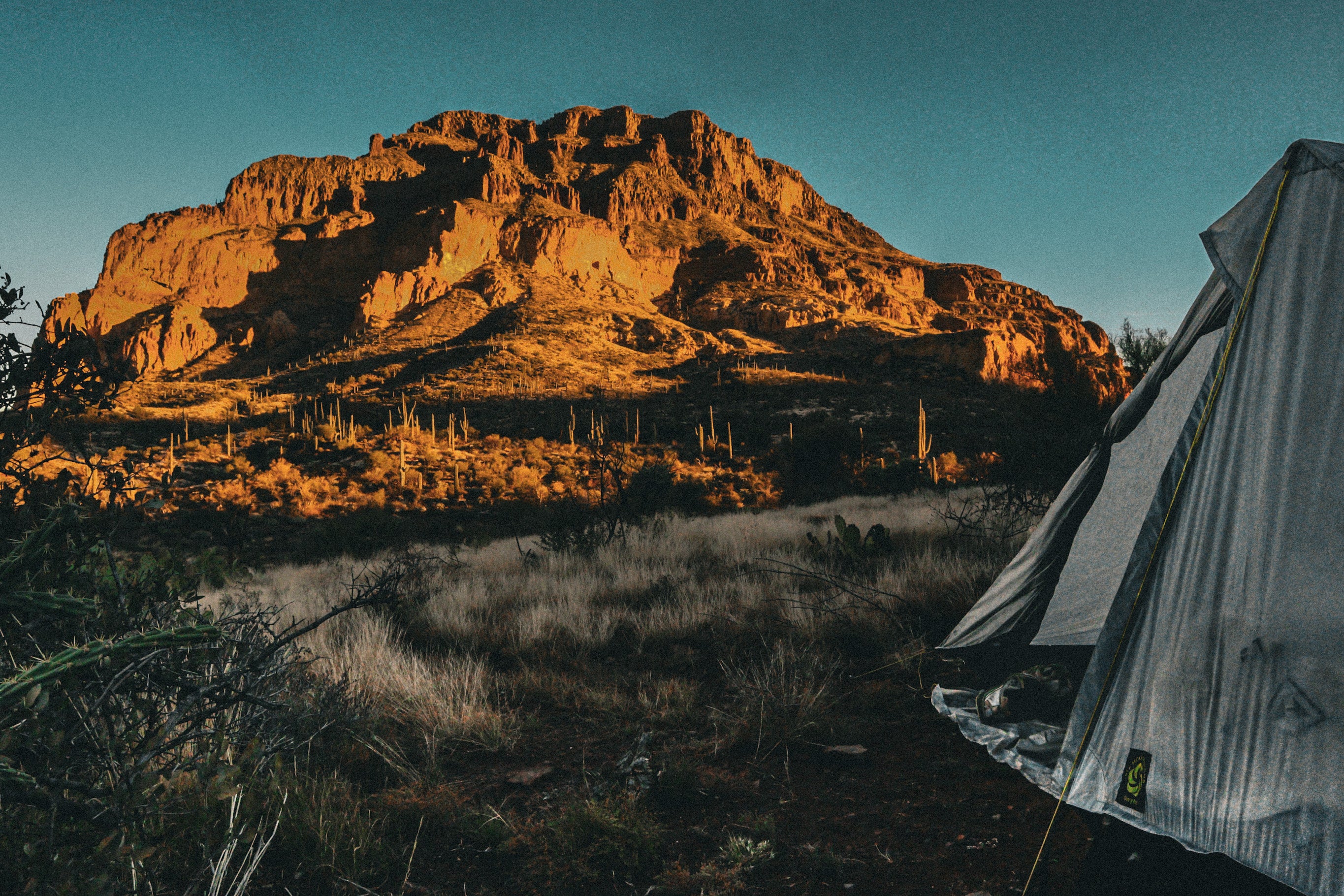
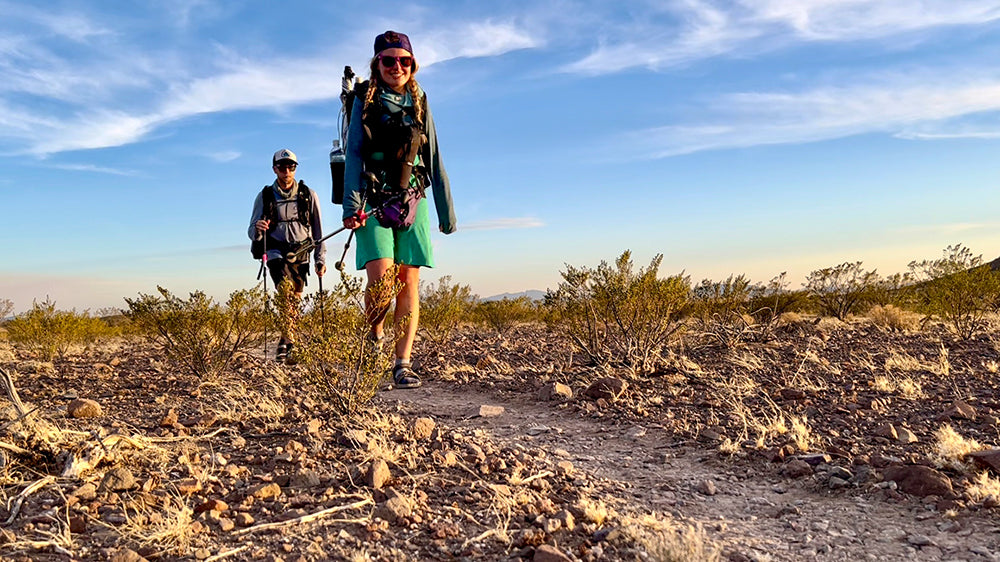
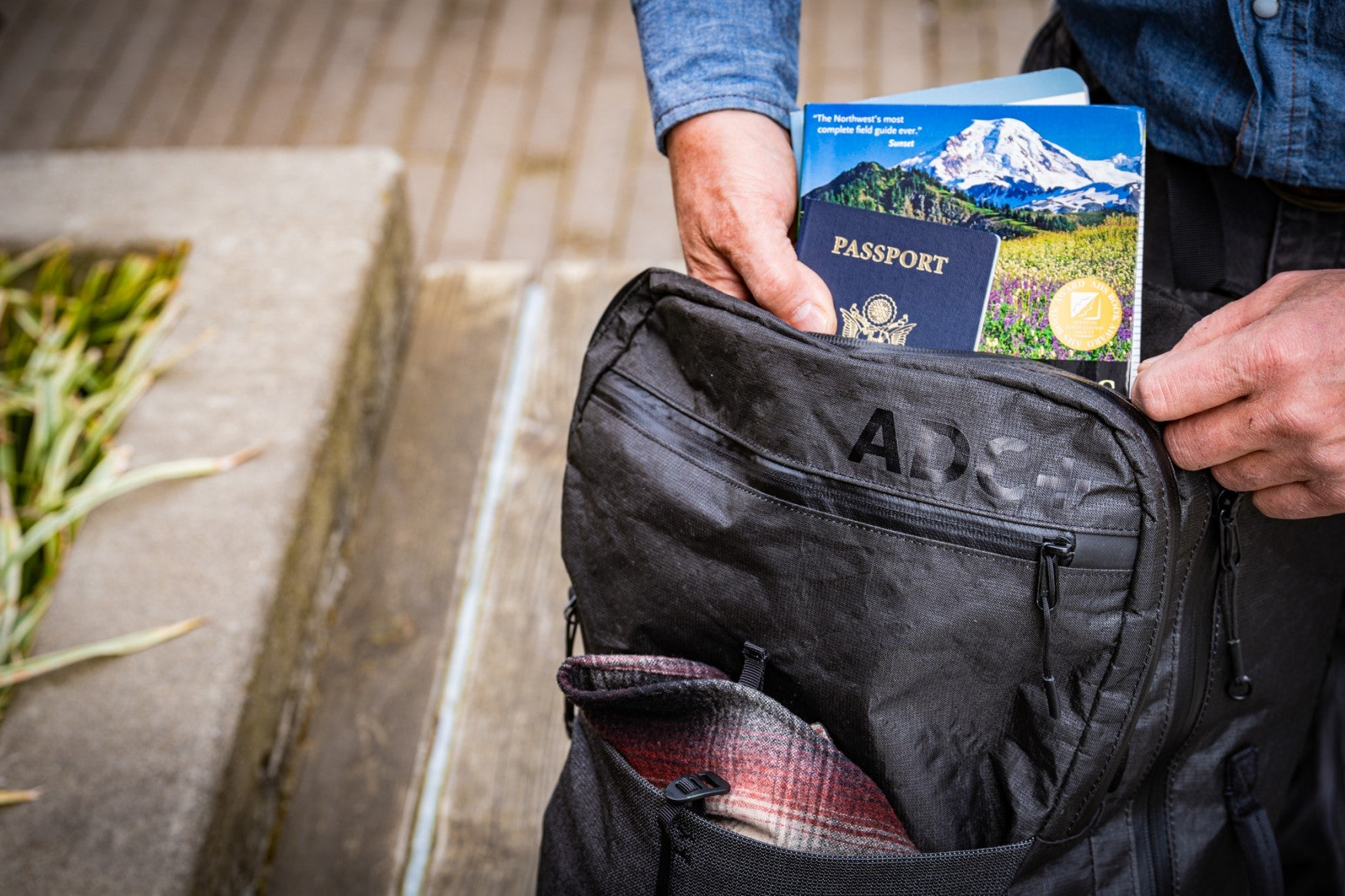
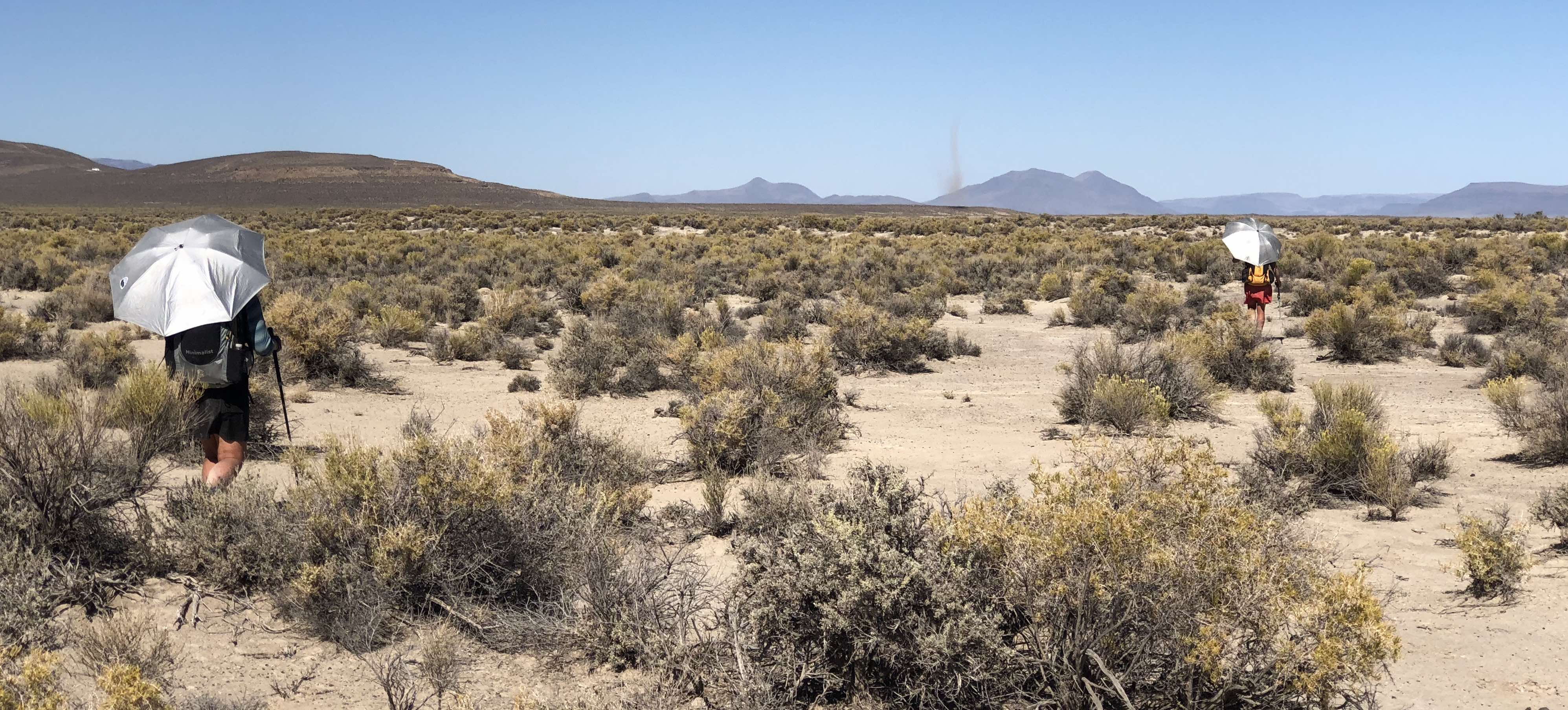
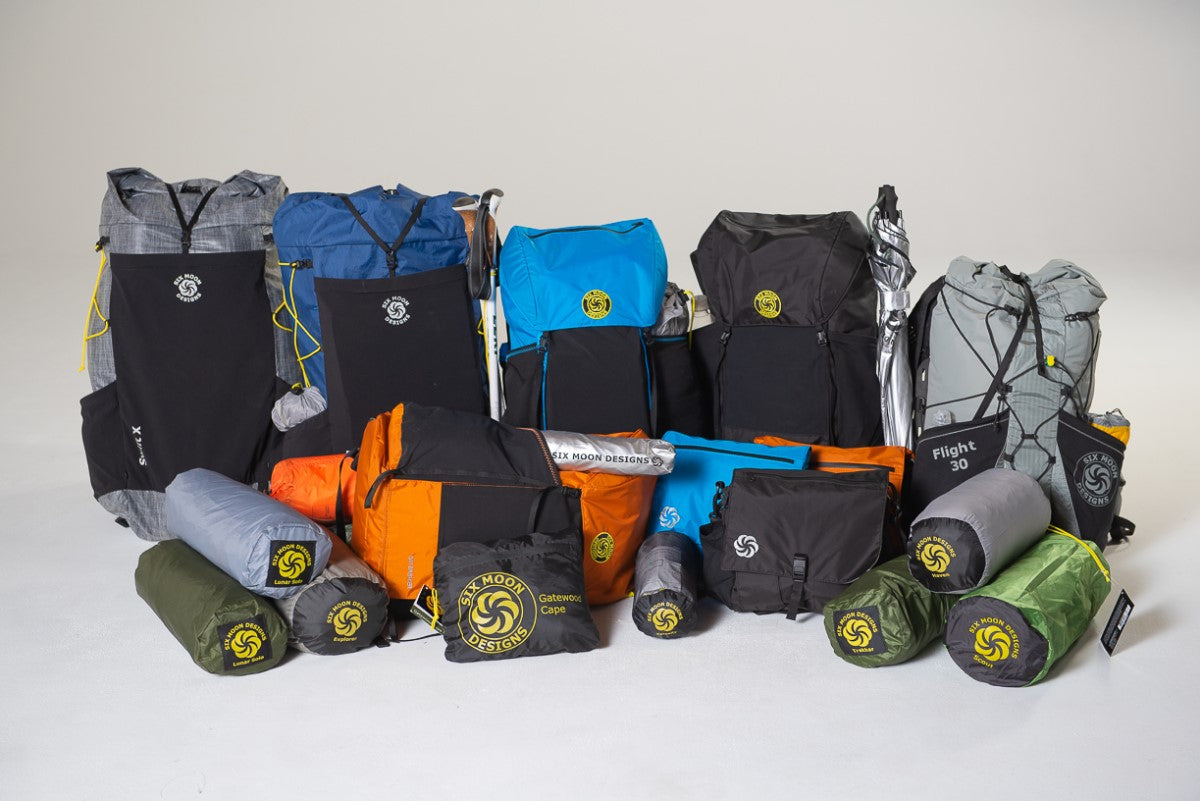
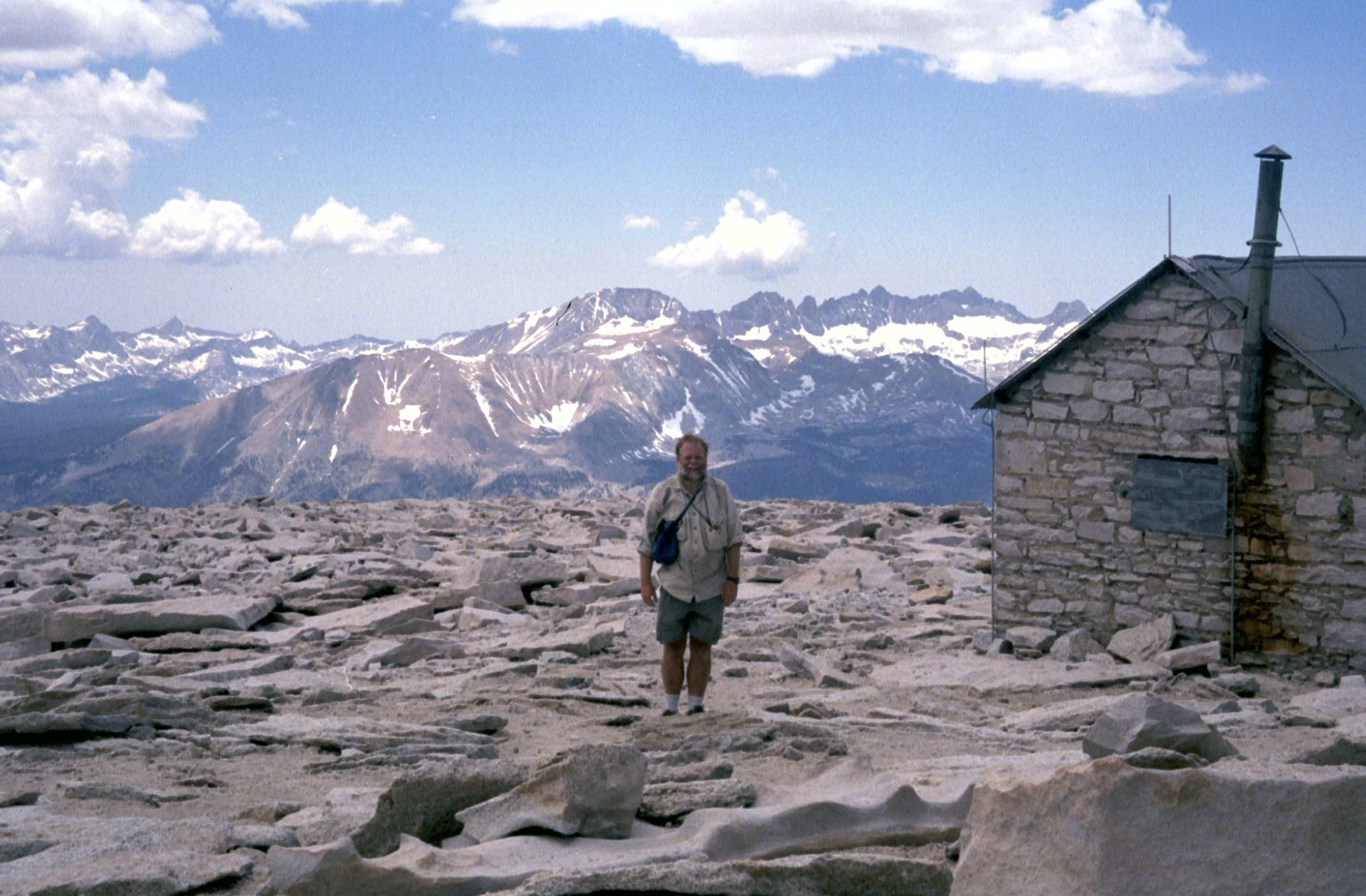
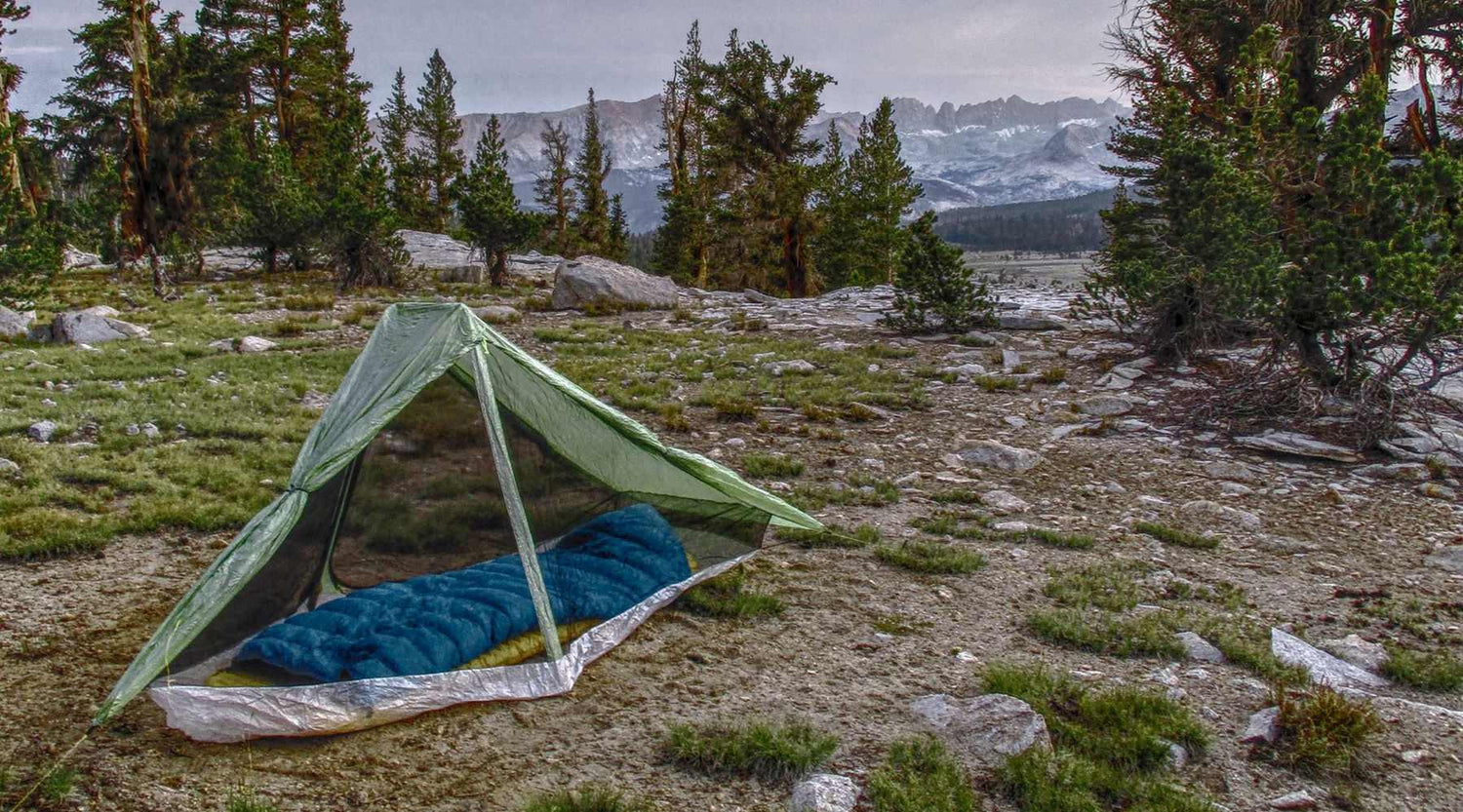
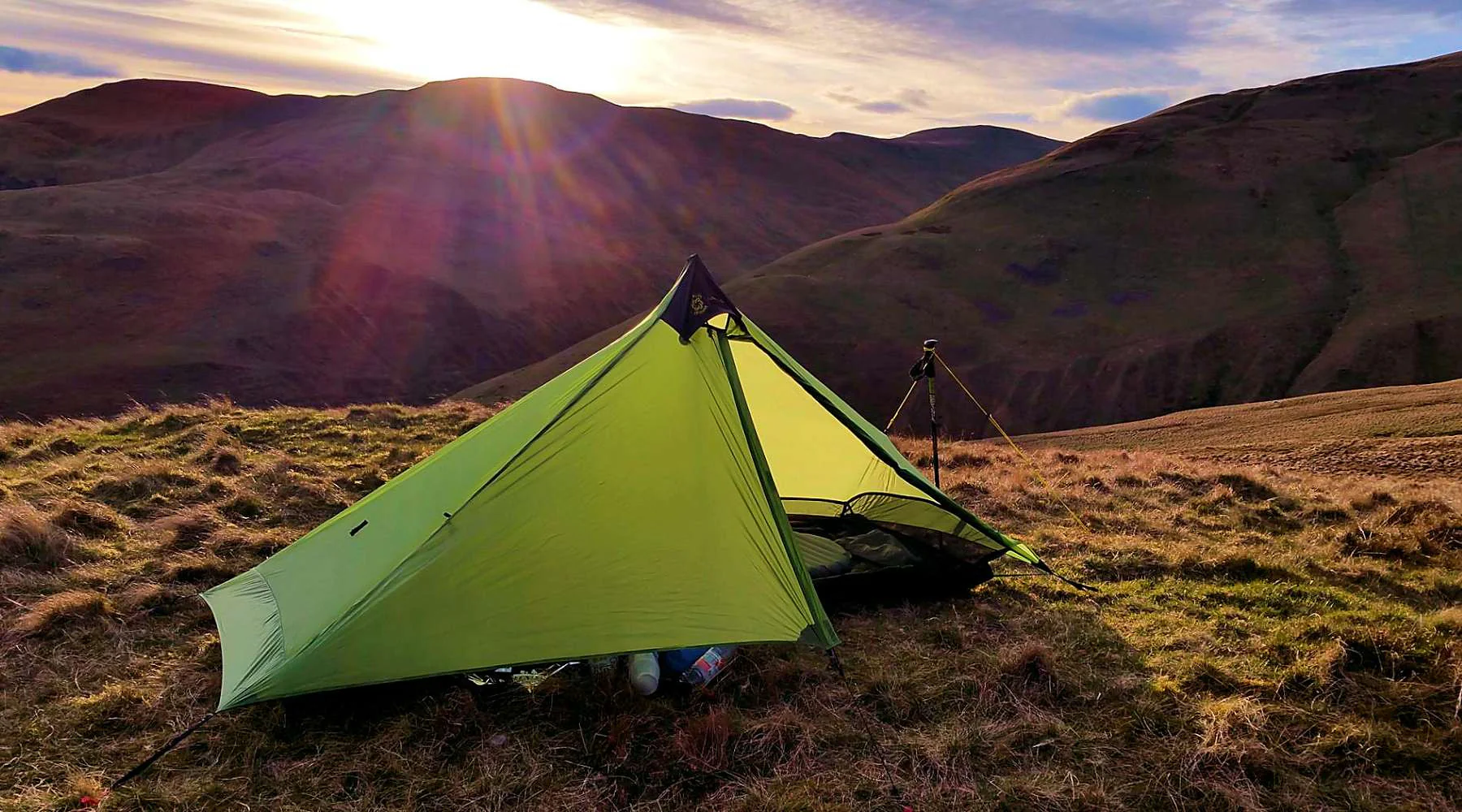
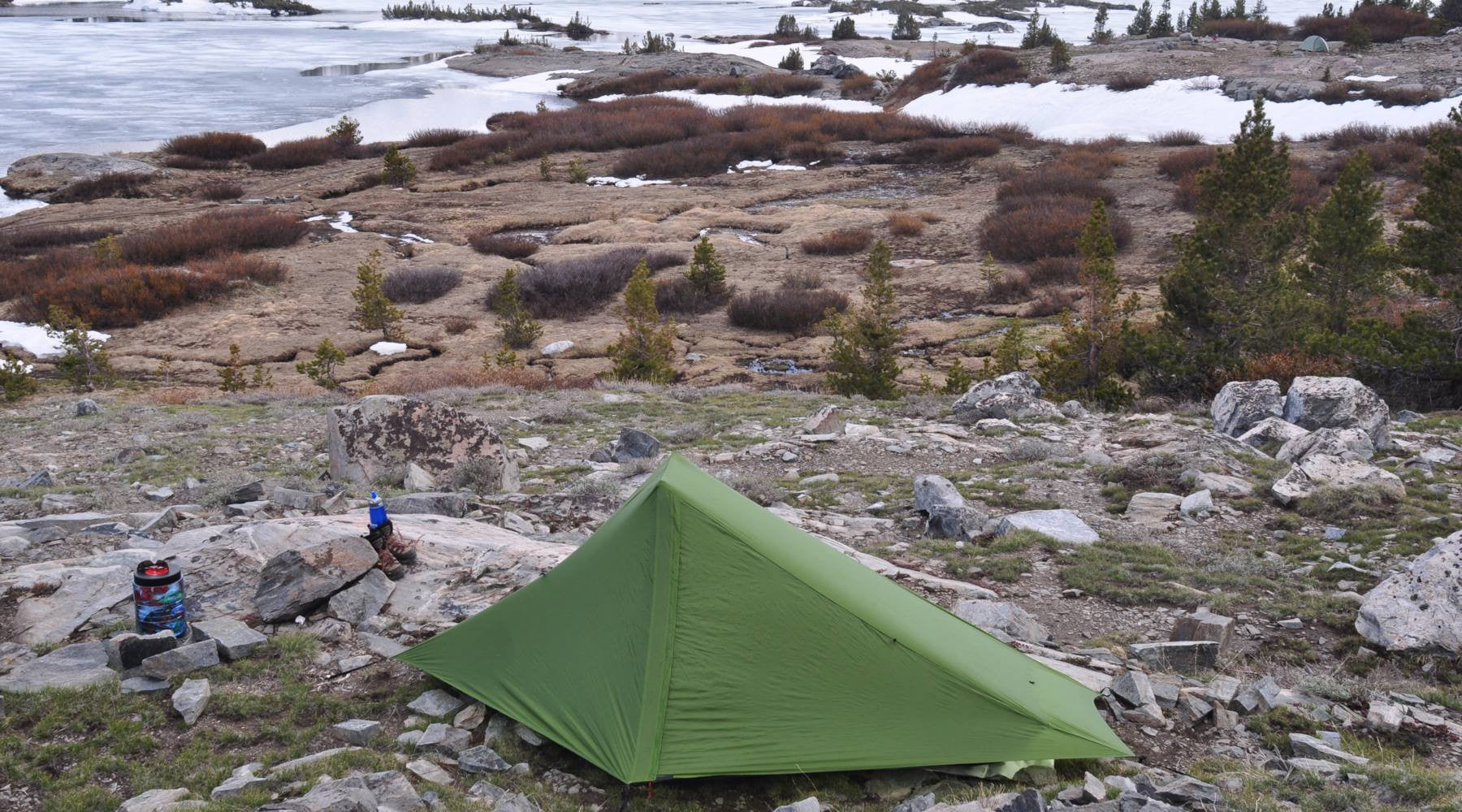
9 comments
Leave a comment
This site is protected by hCaptcha and the hCaptcha Privacy Policy and Terms of Service apply.